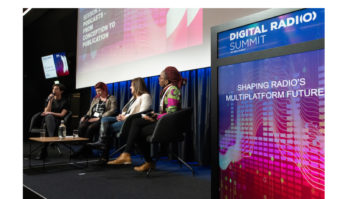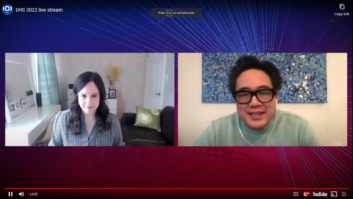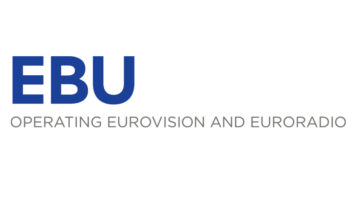
Graham Dixon, EBU head of Radio, gives the keynote speech during the EBU Digital Radio Summit.
GENEVA — The European Broadcasting Union’s Digital Radio Week offered insight into the present state of the radio industry, including challenges and common goals.
On Feb. 7 RadioDNS held its hybrid radio seminar and, in cooperation with WorldDAB, its automotive workshop. During the event Sam Bonham, director of Tech at Digital Radio UK, unveiled the recent results of a qualitative trial conducted on 10 sample drivers in the United Kingdom, regarding their ability to access and manage digital radio content in two different cars.
The outcome of the test, which was part of the WorldDAB Automotive UX group activities, demonstrated that drivers still face some challenges when dealing with present factory-fit digital radio car receivers.
Bonham explained that the results were shared across the members of the UX Group, where broadcasters and car manufacturers are joining their efforts with the goal of ensuring a successful user experience when accessing in-car digital radio receivers.
On Feb. 8, the EBU Digital Radio Summit carried out a major check up on the health of the industry as well as looking at the ongoing trends worldwide.
Graham Dixon, EBU head of Radio, illustrated how the future of radio won’t be in opposition to voice-enabled devices, such as the Amazon Alexa and Google Home, which are proving to be popular.
He said however, the radio industry needs to ensure complete freedom of access to any available radio content, in order to avoid possible “gatekeeping” problems.
A recent example is when TuneIn excluded French-speaking radio channels from Belgium from its aggregation platform. Because the only way to access radio content through these Web-based voice devices is via aggregation platforms, the stations were literally prevented from being accessed by the potential audience around the world.
Also during the event, David Fernandez Quijada, senior media analyst at EBU, unveiled the results of the latest EBU survey on the industry. According to the research, 85 percent of people all over Europe listen to radio at least once a week. The figure increases to 93 percent in the United States, “much more than the figure representing those who watch TV or access the Internet” Quijada said.
This means 454 million people in Europe listen to the radio at least once a week, with an average consumption of two hours and 29 minutes per day. And, the results are not that different when moving to the younger audience, where 83 percent of youth listen to the radio at least once a week.
In addition, Marcello Lombardo, EBU project manager, unveiled the results of an impressive study that for the first time, analyzes in detail the cost associated to both broadcasting and user consumption of radio on three different platforms — FM, DAB and the internet.
This quantitative study clearly demonstrated the savings related to a DAB-only distribution model, on a reference network represented by a blend of typical networks in the five largest countries in the EU.
While the Digital Radio Summit was taking place in Geneva, Norway completed the second phase of its FM switch off, with NRK turning off its transmitters in three more counties.












